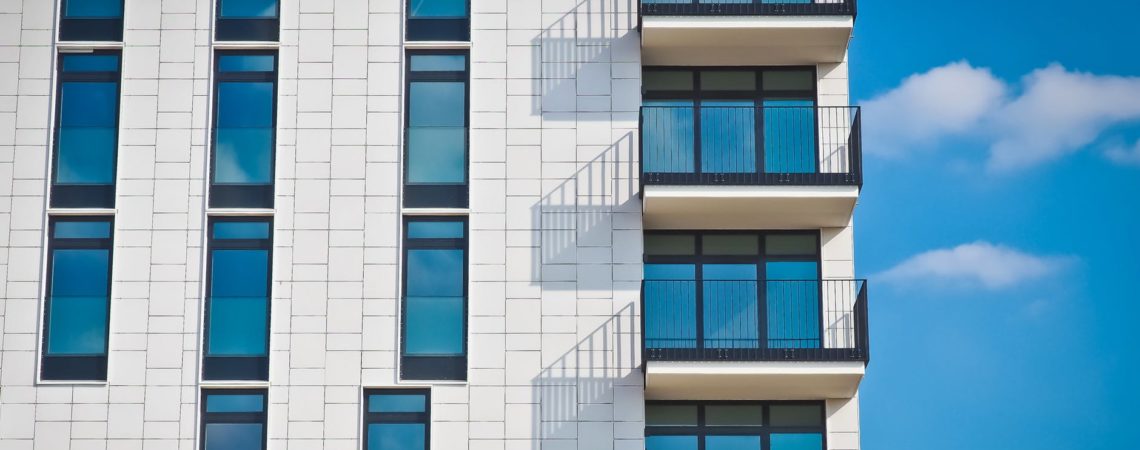Although plenty of economists have speculated, no one really knows for sure when the next economic downturn is coming. When it does come, the multifamily market (and specific parts of that market) will be poised to do better than other investments. We look at how multifamily can stay above any impending economic fray in today’s BAM Blog…
Plenty of Predictions
From late 2019 to possibly 2020 and even later, you’ll find predictions of when the next downturn will hit the economy. While there are no solid answers and none of the experts have invented time travel (we think), there are concerns in the global economy that bear watching. According to Fed chair Jerome Powell, factors like slowing European economic growth, Chinese economic growth also dropping, uncertainty about the effects of Brexit, ongoing trade disputes, and more are all being carefully monitored by the Fed. Powell has made it clear that the Fed plans to act with caution and deliberation and is data-driven.
Multifamily in a Category of its Own
In the current economy, construction costs for building new, entry-level homes have gone up and made it harder for first-time home-owners to buy. Both home prices and interest rates have risen, making it a seller’s market. As we wrote in an article last week, Freddie Mac reported that more seniors are opting to age in place, removing thousands of homes from the market. Factors like rising home costs, higher costs for first-time home buyers, and seniors staying at home instead of downsizing has made renting a consistently appealing option. Since the Great Recession, renting has grown in popularity and demand, and by all metrics should continue to do so. Thus when it comes to an investment, multifamily assets are less likely to be hit by the crosswinds of an economic downturn. Demand is expected to remain high for multifamily units, meaning that even in a recession they would be less affected than other investment options. In fact, since the Great Recession, in many areas renting has even overtaken home ownership.
Consistent Demand for Workforce Housing
Although the multifamily sector may do better as a whole during an economic downturn, there are areas of that market which tend to perform better than others. In times of recession or a sluggish economy, typically the luxury asset class (Class A) can be impacted. This asset class appeals to the renters-by-choice demographic, rather than the necessity-renters. On the other hand, workforce housing sees consistent, solid performance typically regardless of the economic weather. Workforce housing is characterized with necessity-renters; with residents in fields like service-field workers, teachers, lower-tier government workers, police, military personnel living off-base, and others. This asset class has a consistent demand and may be in short supply, even in lean economic times. BAM often invests in workforce housing, and tends to look for this asset class in ideally positioned locations. Workforce housing located in low-crime, developing areas, and near good school districts are some of the factors we consider. When the economic tide turns, although the luxury apartments may feel a bite, the workforce asset class will still have a dedicated demographic in need of safe, quality housing – helping it to do better than other asset classes.
The BAM Bottom Line: Regardless of the timing of another downturn, multifamily assets are uniquely poised to do better than other investments. Of those assets, workforce housing tends to do well thanks to consistent, high demand from a large workforce population.



